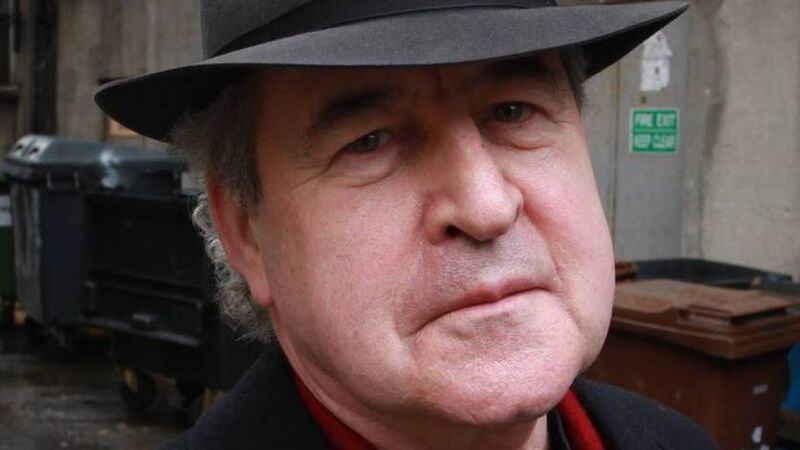John Banville's 'Snow' - very well-made and thoroughly enjoyable

John Banville. Picture Nick Bradshaw
- Snow
- John Banville
- Faber hb £14.99
TO say that Snow is a well-crafted story, peopled by superbly well-drawn characters, and put together in the finest prose would be praise of a high order for any writer. To say it of Banville is really no more than readers would expect. Having written several of the greatest novels of all time to come out of Ireland, one comes to Banville’s latest work knowing that in all likelihood it too will shine like a well-polished gem.
Banville’s Sherlock is Detective Inspector St. John Strafford and it is possible to sense the sly pleasure the writer takes in everyone who encounters him calling him Stafford rather than Strafford, exhausting the character’s weary calmness to correct them and assist in explaining that his Christian name is pronounced Sinjun. The detective’s own boss reckons that Strafford’s Protestant aristocratic roots make him the one for the job at Ballyglass House in 1950s Wexford where the body of a priest is found stabbed in the neck and left castrated in the library no less. Despatched from Dublin, he encounters a dramatis personae that sometimes feels like it has come from central casting.
Banville gives the impression that he wants to give us something of an entertainment here with a host of colourful and outrageous characters where even the few who are helpful may be thwarting the detective’s progress. There’s the colonel and his fitful, laudanum-prescribed, coquettish wife who is not beyond making a pass at the detective and then forgetting she has done so.

This off-balance and unpredictable woman has one of the great lines of the book’s piquant dialogue: “Come and kiss me again, will you?... The first one didn’t quite take.” The younger characters in the house are just as flinty and – in the case of the daughter – as flirty. From the moment the body of the priest is found with the particularly barbaric wound it is not impossible to guess the kind of motive for the murder. While there is an inevitability to that, there is no shortage of fun, intrigue and colourful characters before we learn whodunit.
The body of the priest in the library might seem too Agatha Christie, if not too Cluedo, for words, but rather than avoiding the tropes of classic crime fiction Banville luxuriates in them. Several times, characters talk about feeling like they are characters in a play. Even when he creates a scene that feels like it is alarmingly on the nose, Banville nudges it a smidgen off kilter and brings it thrillingly alive.
He can’t resist giving Archbishop John Charles McQuaid an extended cameo in the drama. And there is a feeling of Banville himself walking among his creations with a reference to a character being miffed that his own subtle ironies are mistaken for pomposity.
Not unexpectedly the prose is to relish and admire. There are lines that only Banville could have created: “The wine gave off an evil rubious glitter.” And the book is shaped and honed in a masterly fashion. For all that, it feels like a superior entertainment rather than a novel to stand among the foremost of his powerful and world-class works. Against the dizzy heights of his past achievements this one ranks instead as a classic crime genre outing that is thoroughly well-made and very enjoyable.




